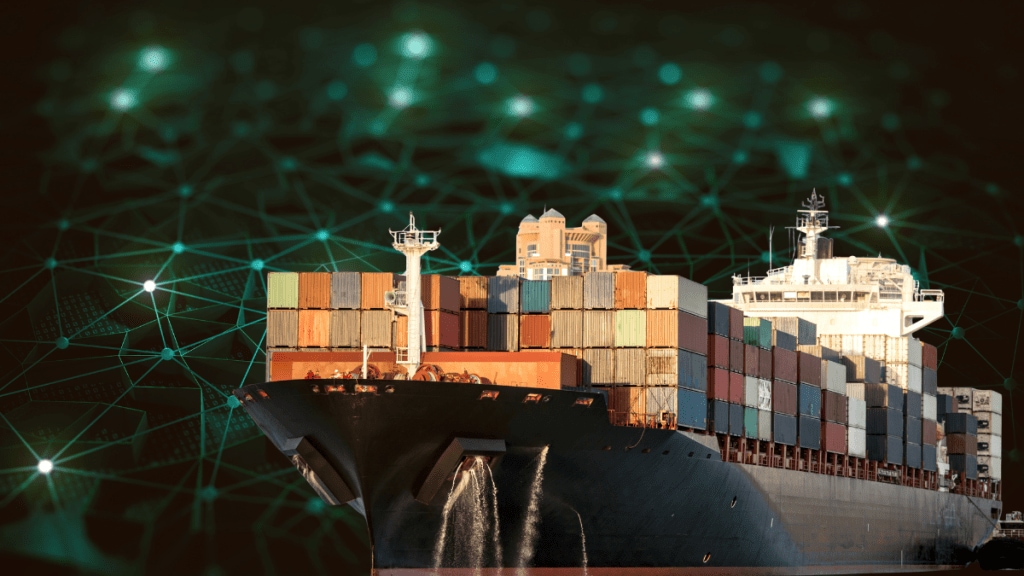Artificial intelligence could boost the value of cross border flows of goods and services by nearly 40% by 2040 through productivity gains with the right enabling policies, the World Trade Organisation said in a report.
Global trade is projected to rise by 34-37% across different scenarios based on different degrees of policy and technological catch-up between low-, middle- and high-income economies. Global GDP could meanwhile see a 12-13% increase across different scenarios, the World Trade Report for 2025 said.
“AI could be a a bright spot for trade in an increasingly complex trading environment as it offers new opportunities to reduce trade costs, boost productivity and expand participation in global markets,” Deputy Director General of the WTO Johanna Hill said.
AI-enabled gains in trade efficiency
Trade, in turn, can be a powerful enabler of inclusive AI -supported growth by helping economies access AI-enabling goods, such as raw materials, semiconductors and intermediate inputs. The WTO report estimates that global trade in these goods totalled $ 2.3 trillion in 2023.
AI tools are already enhancing trade efficiency by improving visibility within supply chains, automating customs clearance, reducing language barriers, strengthening market intelligence, improving contract enforcement and helping firms, including micro, small and medium-sized enterprises (MSMEs), to navigate complex regulations.
Digital services to see fastest growth
The largest growth of 42% will occur in the trade of digitally deliverable services, including AI services. This trade increase reflects reduced operational trade costs, the strong projected growth of AI services combined with the high tradability of AI services.
In a scenario in which low- and middle-income economies narrow their digital infrastructure gap with high-income economies by 50% and adopt AI more widely, these economies are projected to see incomes rising by 15% and 14% respectively .
The report also points to the need for open and predictable trade policies, noting that the number of quantitative restrictions applied to AI-related goods has climbed sharply over time, from 130 in 2012 to nearly 500 in 2024, driven by high- and upper middle-income economies. Access to AI-enabling goods remains uneven, with bound tariffs reaching up to 45% in some low-income economies.
“The transformative potential of AI is not guaranteed for everyone alike. Unequal access to digital infrastructure, skills and hardware risk deepening divides,” Hill said.
“This means that the potential for trade and AI to foster inclusive growth can only be realized if we act deliberately, by closing digital divides, investing in education and training and deploying appropriate labour adjustment policies, and maintaining an open and predictable trading environment,” she added.
